‣ avatar: the last airbender real life cultural influences; a thread  https://abs.twimg.com/emoji/v2/... draggable="false" alt="💧" title="Tröpfchen" aria-label="Emoji: Tröpfchen">
https://abs.twimg.com/emoji/v2/... draggable="false" alt="💧" title="Tröpfchen" aria-label="Emoji: Tröpfchen"> https://abs.twimg.com/emoji/v2/... draggable="false" alt="🌱" title="Setzling" aria-label="Emoji: Setzling">
https://abs.twimg.com/emoji/v2/... draggable="false" alt="🌱" title="Setzling" aria-label="Emoji: Setzling"> https://abs.twimg.com/emoji/v2/... draggable="false" alt="🔥" title="Feuer" aria-label="Emoji: Feuer">
https://abs.twimg.com/emoji/v2/... draggable="false" alt="🔥" title="Feuer" aria-label="Emoji: Feuer">  https://abs.twimg.com/emoji/v2/... draggable="false" alt="🌪" title="Wolke mit Tornado" aria-label="Emoji: Wolke mit Tornado">
https://abs.twimg.com/emoji/v2/... draggable="false" alt="🌪" title="Wolke mit Tornado" aria-label="Emoji: Wolke mit Tornado">
about the nation’s cultures, i’m a museology student and one of the things i study is how to recognize differences between cultures through art. i’ll divide each nation individually in habits, traditions, architecture, weapons and geography
the concept of avatar was taken from hinduism and it’s the material appearance or incarnation of a deity on earth. this material appearance is sent to help humans. the word avatar itself is derived from the sanskrit “avatāra”
also, the way they determine the next avatar is pretty similar to how they determine the next dalai lama: to test the next dalai lama, they give him the objects of the previous dalai lama. the air monks gave aang the previous avatar’s toys
the avatar achieves his/her full power when they open all of their chakras and chakras are another hinduism concept. the person who teaches aang about the chakras is guru pathik and he’s not an air, fire, water or earth bender. ethnically, he resembles south asian ethnic groups
in one scene he can be seen making a reference to the hindu goddess durga, since the deity is described as a goddess with many arms riding a lion/tiger, each arm carrying a weapon
one of her weapons is the chakras
one of her weapons is the chakras
when talking about architecture, the western air temple resembles the pagoda forest at the shaolin temples. the difference is that in atla it’s upside down
according to the description of the air temples, typically it‘s located in isolated and almost unreachable areas like the top of mountains or islands. geographically, tibet is surrounded by mountains, so it’s another geocultural similarity of the air monks with the tibetan monks
the airbending is based on baguazhang, a martial art. it’s known that the airbenders likes evasive movements to avoid their opponents attacks, much like baguazhang
their clothes are very similar to the clothes typically worn by inuits: skin coats (anoraks) and fur boots (mukluks). also, they use weapons made of bones and other animal materials, even though the boomerang used by sokka is a weapon used by australian aboriginals
in inuit culture, men tended to hunt and fish (as we can see sokka fishing in the first episode and being the son of a warrior) and women were in charge of home (when katara talked about her experience helping deliver children and taking charge of their house after her mom died)
the architecture of the north pole resembles the ancient aztec architecture, specially their use of the pyramids, very similar to the aztec’s constructions
the northern water tribe presents the existence of the moon and ocean spirit, named respectively tui and la, represented by two koi fishes. in the inuit mythology, there’s a god of the moon (igaluk) and a god of the ocean (agloolik)
also, the spiritual rituals and facial painting for battles (sokka did it in episode 1) resembles more the costumes of the native americans
the waterbending is based on tai chi, a martial art. their movements are smooth like a wave, always adaptable to the environment
the earth king kuei shares some similarities with the last chinese emperor, puyi. they both were used as the ruler of a puppet state, since ba sing se was actually ruled by long feng aka the grand secretariat
the hairstyle long feng uses was originated from the ethnic group manchu, who influenced chinese history a lot. almost all of the clothing found in the earth kingdom seems inspired by the qin dynasty
ba sing se’s royal palace architecture was based on the meridian gate to the forbidden city (home of the already mentioned emperor puyi)
also, another thing that immediately catches our attention is the massive walls of ba sing se, a clearly reference to the great wall of china as well as the si wong desert being a reference to the gobi desert
the kyoshi island’s architecture, fighting style and clothing resembles japan, so we might be able to say it’s influenced by japanese culture, but the fact that avatar kyoshi separated the island from the mainland also can be interpreted as a taiwan reference
the earthbending is based on hung far style of kung fu. to bend the earth, you must be strong minded and wait for the right moment, as well as be connect with the earth. the movements are tough and intense
their clothing style isn’t really sooo japan inspired like the other nations. the japan influence can be found in their attitude, their costumes, geography, architecture and their concerns (like zuko worrying about his honor and why this is so important to him)
as we watched in atla’s book 3, the fire nation scholar system censor their crimes changing the history facts, which isn’t so different from japan’s history textbooks regarding the world war II
this article is pretty good to understand japan’s censorship: https://www.bbc.com/news/magazine-21226068">https://www.bbc.com/news/maga...
geographically, the fire nation is located on an archipelago of tropical volcanic islands called the fire islands, which again, resembles japan since the country is an archipelago located in the northwestern ring of fire on multiple tectonic plates, surrounded by volcanoes.
in one of the episodes, zuko meets a family that by their clothes you can tell they’re korean, and the girl talks about how she doesn’t like fire nation for killing her people while not knowing zuko is part of it
a reference to korea’s colonization
a reference to korea’s colonization
the episode zuko and uncle iroh were determined betrayals by the fire lord and almost captured by azula, they cut their hair. this is a reference to the samurai’s that cut their hair as a ceremony
the samurai’s chonmage (what we would call ponytail) is a status symbol. when a samurai cuts it, it means they have lost their honor and power.
zuko and uncle iroh cut their hair because they betrayed the fire nation, so, they were dishonored
zuko and uncle iroh cut their hair because they betrayed the fire nation, so, they were dishonored
another thing is the mask the blue spirit uses being very similar to the hannya mask, used in the noh theatre
thai architecture seems to be the main inspiration for the fire nation’s aesthetic, even though we can see many constructions more similar to japan’s architecture (not only in the fire nation but in kyoshi’s island too)
also, the habit of drinking tea is often represented in the show, but uncle iroh is always remembered for being a huge fan of tea. the flavors are pretty common flavors in asia: jasmine, green, ginger
the firebending is based on the northern shaolin style of kung fu. it’s very aggressive and decisive, fitting well the power of destruction fire has
...end of thread
i hope everyone enjoyed this and i’m always open to debate about this topic https://abs.twimg.com/emoji/v2/... draggable="false" alt="✊🏻" title="Erhobene Faust (heller Hautton)" aria-label="Emoji: Erhobene Faust (heller Hautton)">
https://abs.twimg.com/emoji/v2/... draggable="false" alt="✊🏻" title="Erhobene Faust (heller Hautton)" aria-label="Emoji: Erhobene Faust (heller Hautton)">
i hope everyone enjoyed this and i’m always open to debate about this topic
i was called out for using the word “costumes” and this is the reason why. my apologies, i didn’t knew it would be offensive, but i’m happy someone told me and educated me. thanks @eIihal for calling me out!
https://twitter.com/orbitshidae/status/1286800917703122948?s=21">https://twitter.com/orbitshid... https://twitter.com/orbitshidae/status/1286800917703122948">https://twitter.com/orbitshid...

 Read on Twitter
Read on Twitter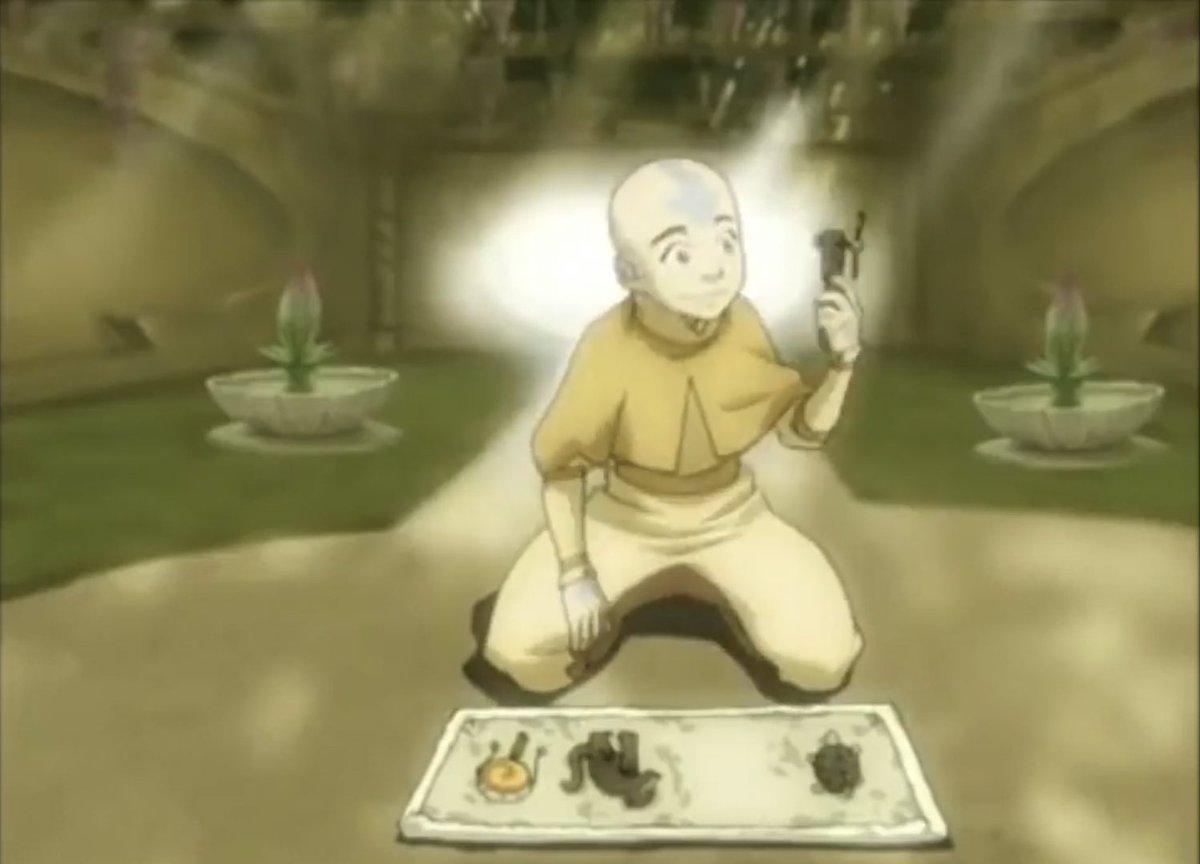
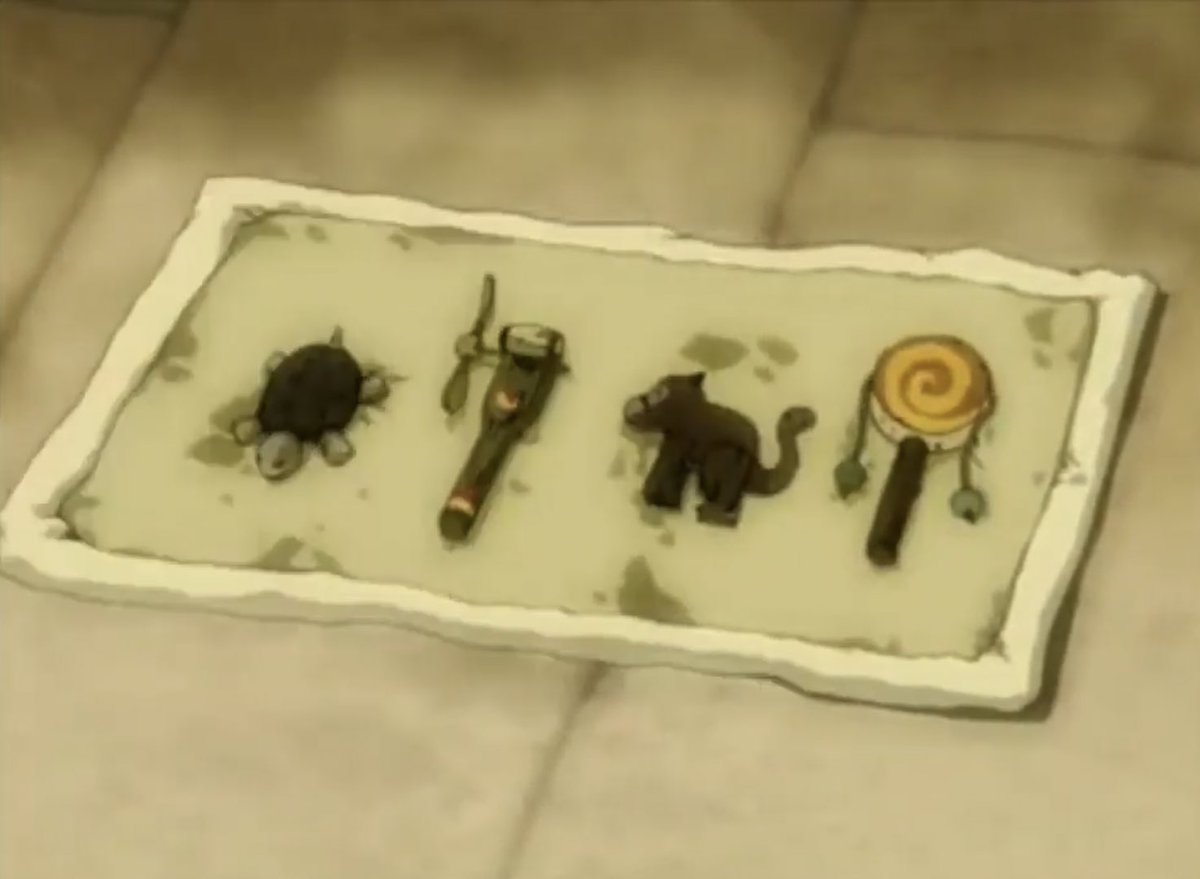
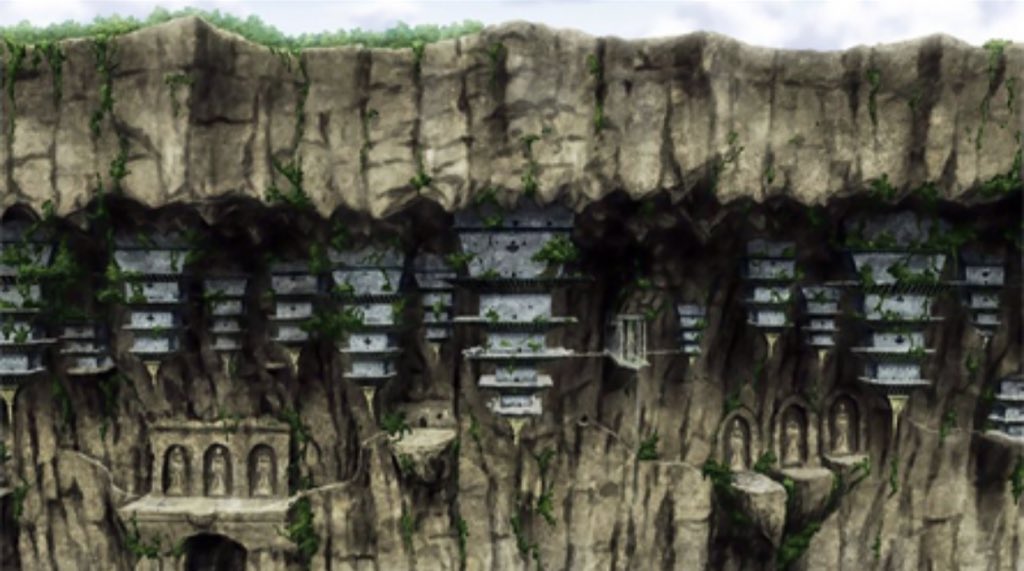
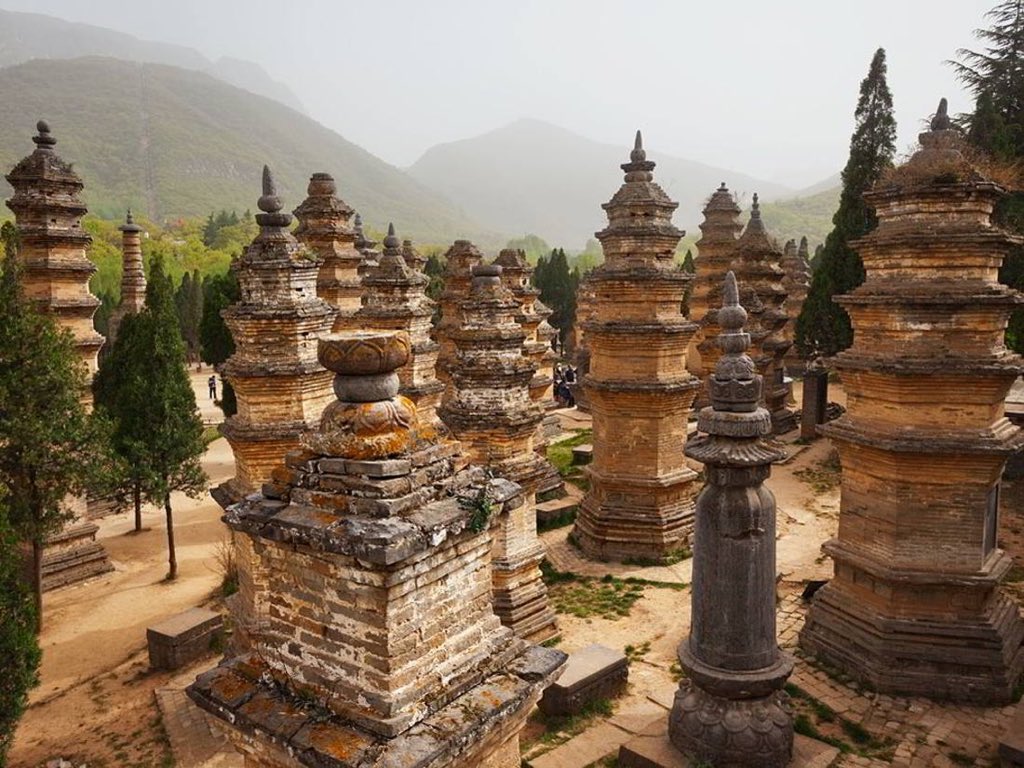
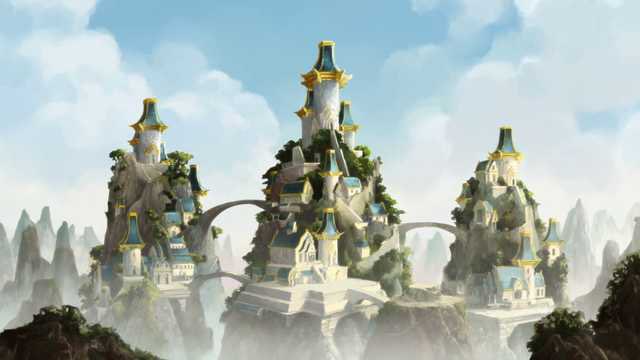
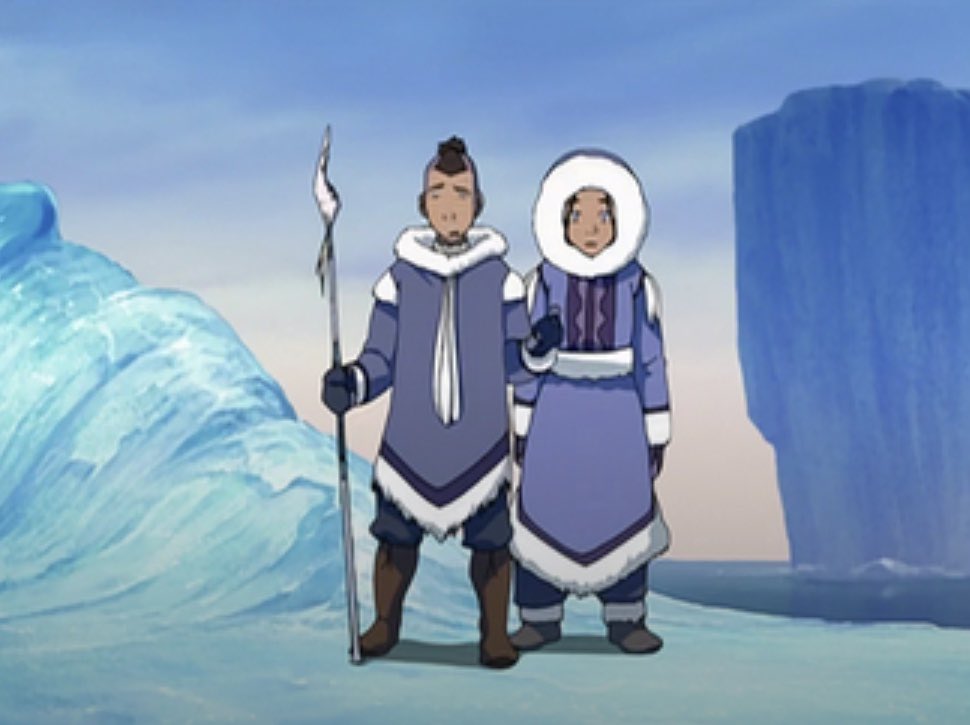
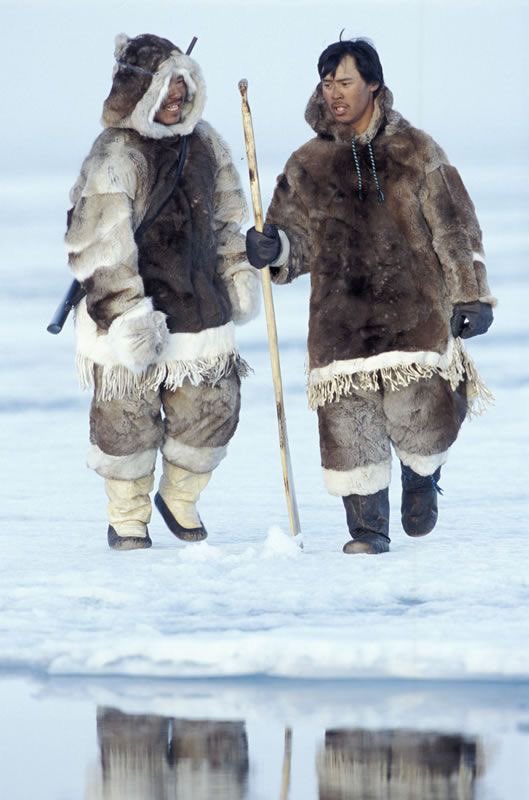
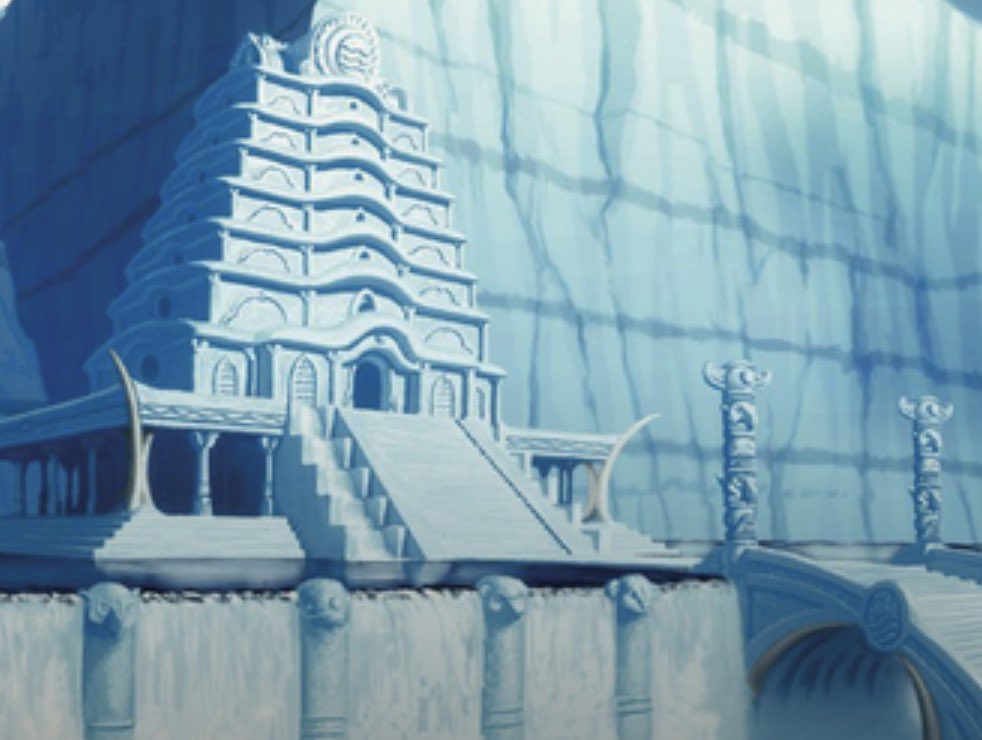
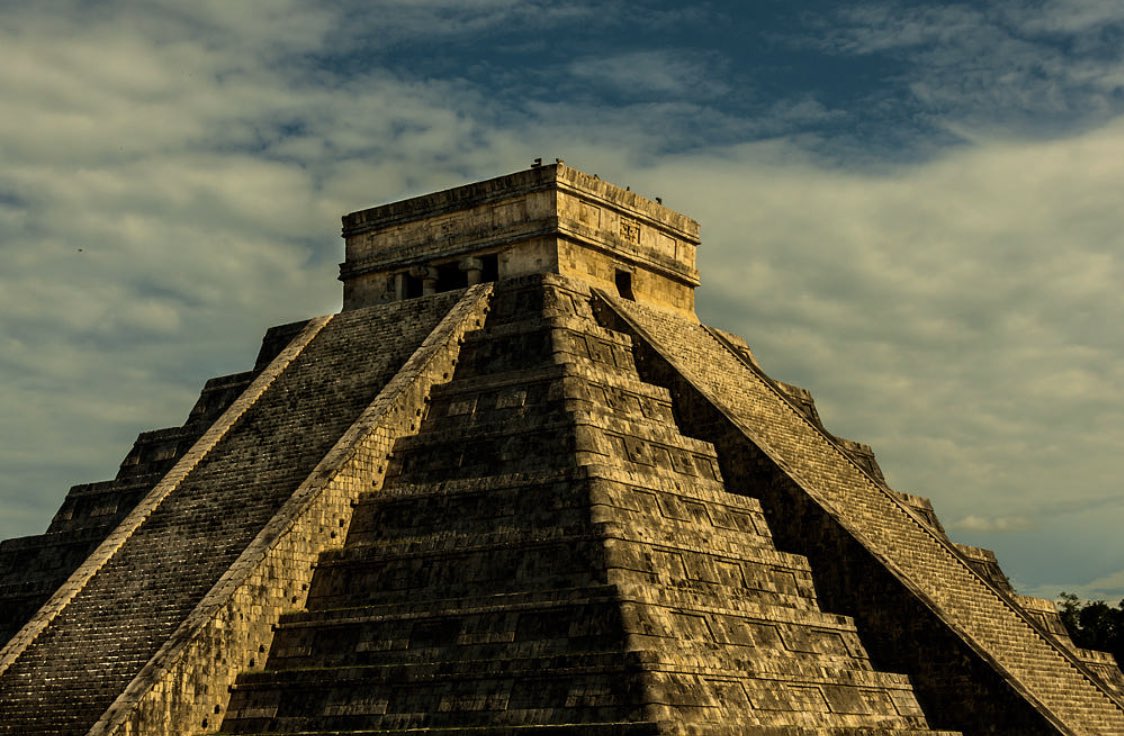

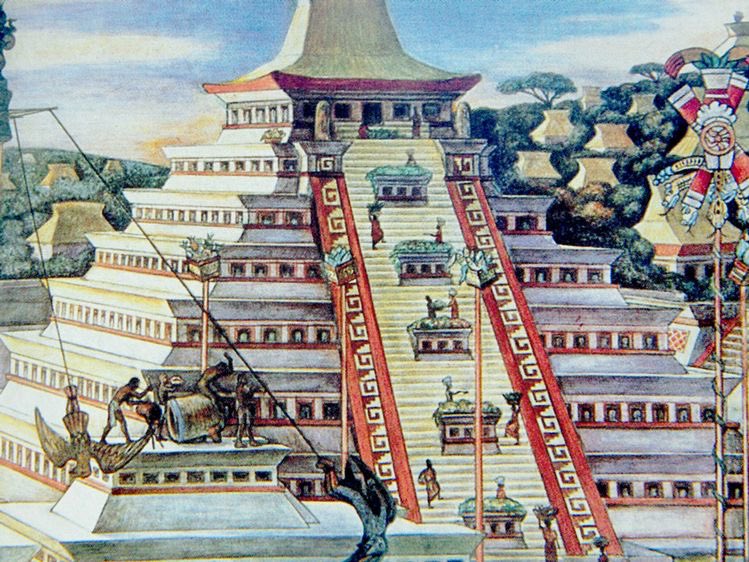
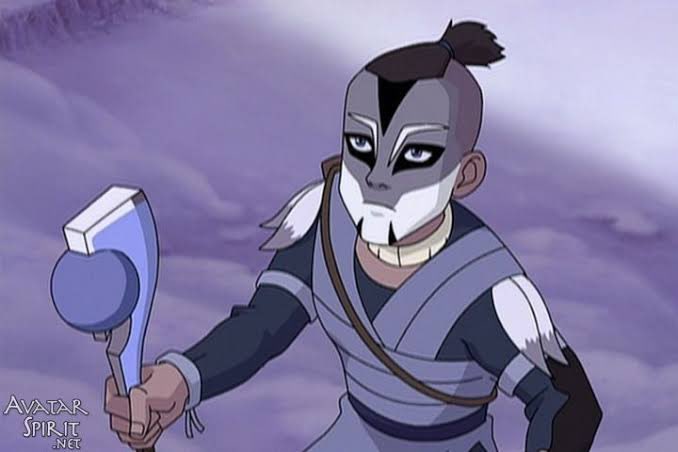

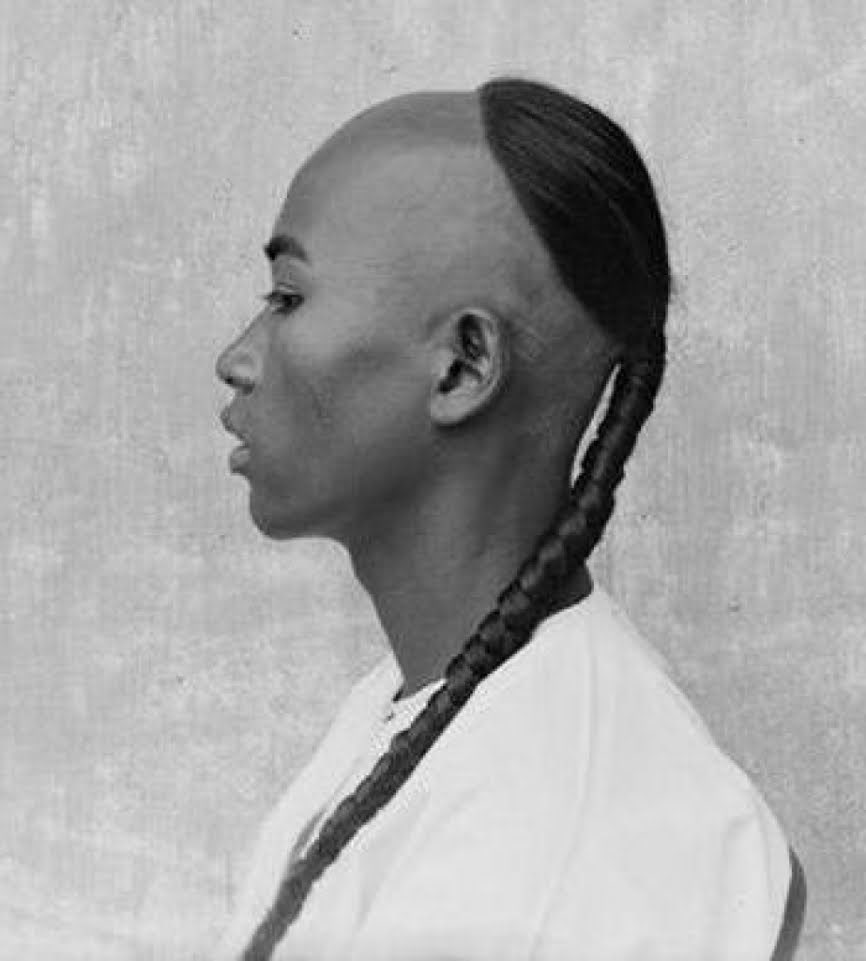
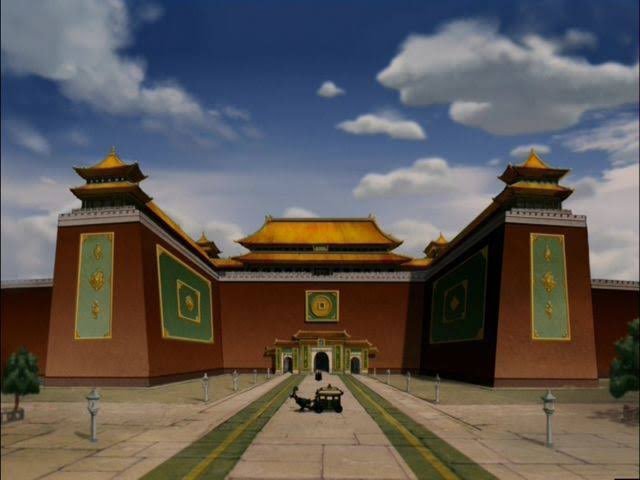
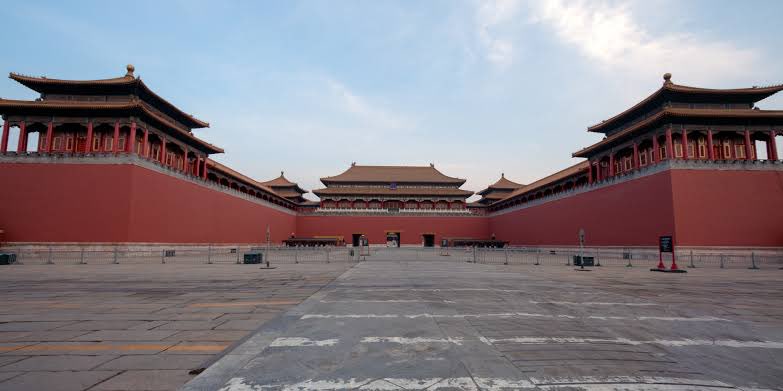
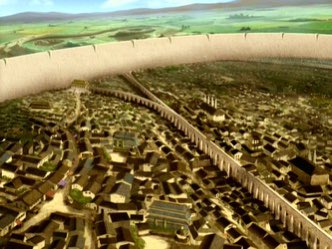
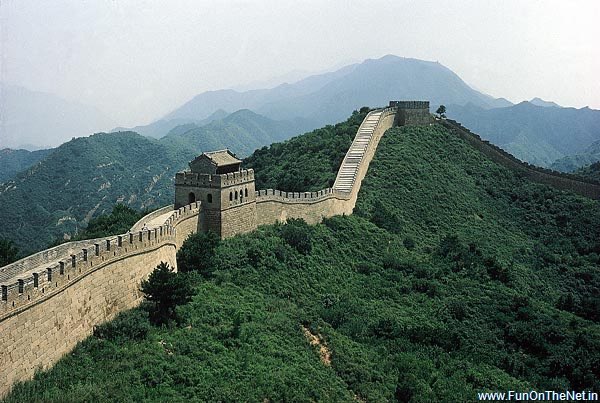

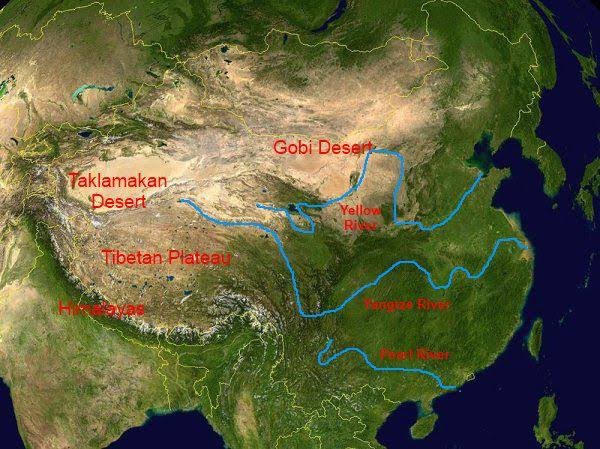
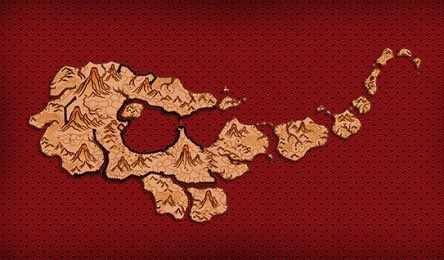
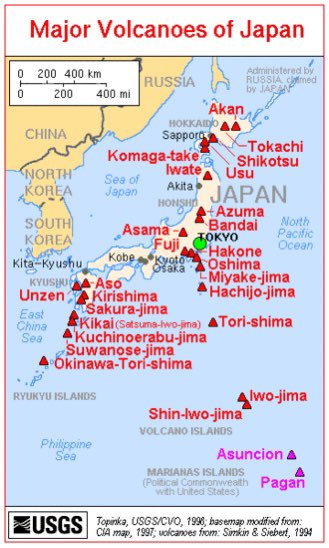
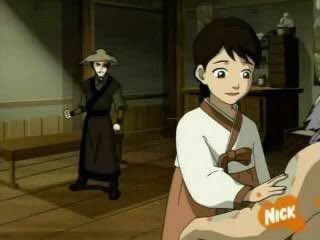
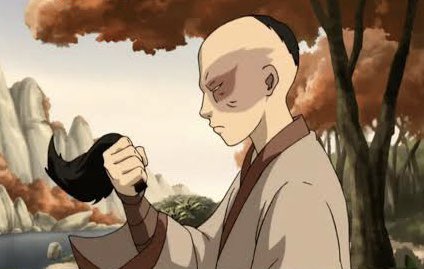
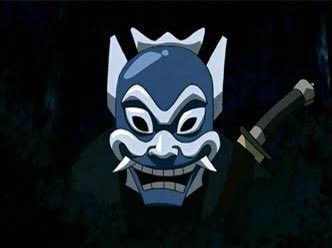
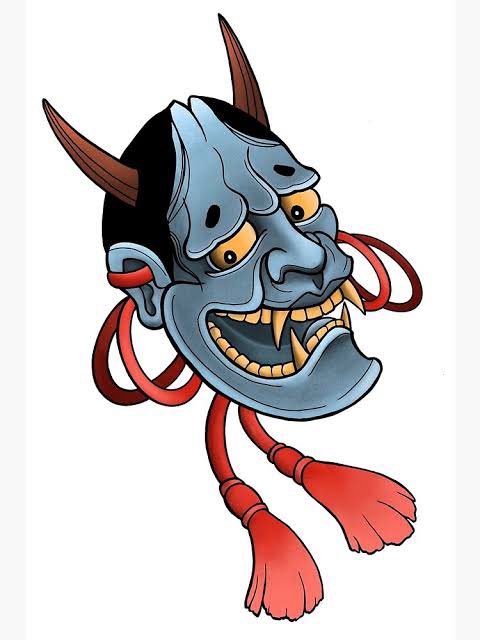

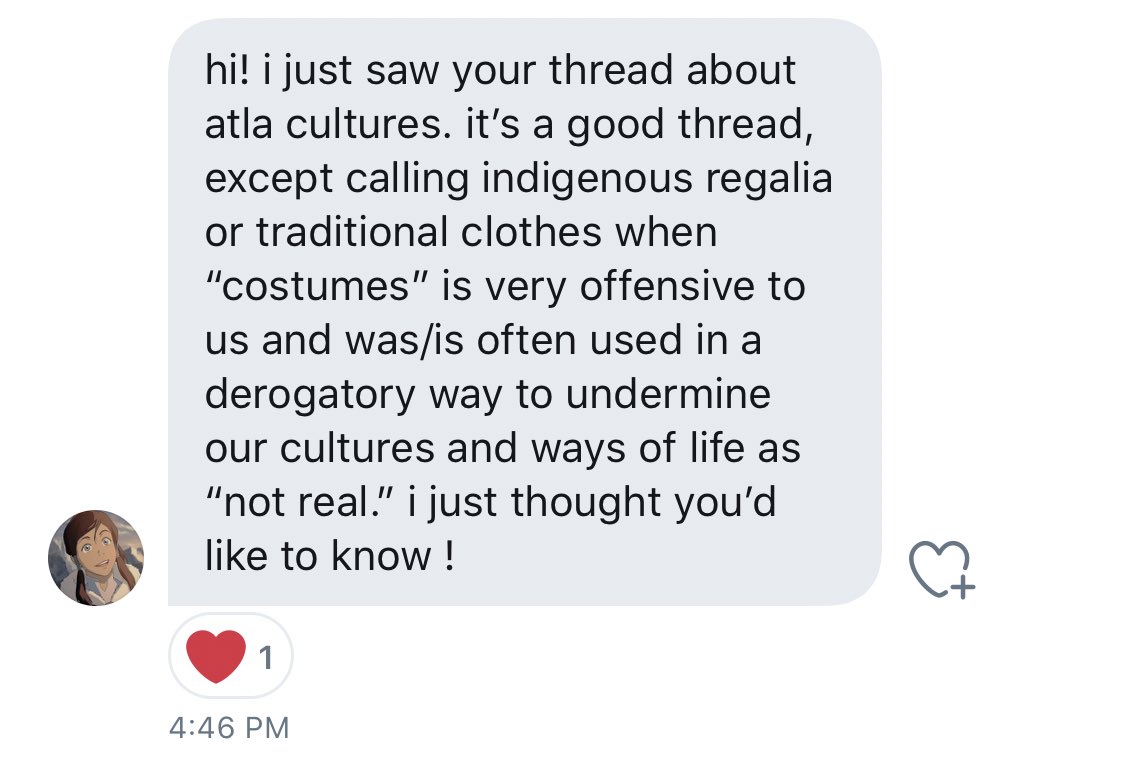 important https://abs.twimg.com/emoji/v2/... draggable="false" alt="⚠️" title="Warnsignal" aria-label="Emoji: Warnsignal">i was called out for using the word “costumes” and this is the reason why. my apologies, i didn’t knew it would be offensive, but i’m happy someone told me and educated me. thanks @eIihal for calling me out! https://twitter.com/orbitshid... https://twitter.com/orbitshid..." title="https://abs.twimg.com/emoji/v2/... draggable="false" alt="⚠️" title="Warnsignal" aria-label="Emoji: Warnsignal"> important https://abs.twimg.com/emoji/v2/... draggable="false" alt="⚠️" title="Warnsignal" aria-label="Emoji: Warnsignal">i was called out for using the word “costumes” and this is the reason why. my apologies, i didn’t knew it would be offensive, but i’m happy someone told me and educated me. thanks @eIihal for calling me out! https://twitter.com/orbitshid... https://twitter.com/orbitshid..." class="img-responsive" style="max-width:100%;"/>
important https://abs.twimg.com/emoji/v2/... draggable="false" alt="⚠️" title="Warnsignal" aria-label="Emoji: Warnsignal">i was called out for using the word “costumes” and this is the reason why. my apologies, i didn’t knew it would be offensive, but i’m happy someone told me and educated me. thanks @eIihal for calling me out! https://twitter.com/orbitshid... https://twitter.com/orbitshid..." title="https://abs.twimg.com/emoji/v2/... draggable="false" alt="⚠️" title="Warnsignal" aria-label="Emoji: Warnsignal"> important https://abs.twimg.com/emoji/v2/... draggable="false" alt="⚠️" title="Warnsignal" aria-label="Emoji: Warnsignal">i was called out for using the word “costumes” and this is the reason why. my apologies, i didn’t knew it would be offensive, but i’m happy someone told me and educated me. thanks @eIihal for calling me out! https://twitter.com/orbitshid... https://twitter.com/orbitshid..." class="img-responsive" style="max-width:100%;"/>


